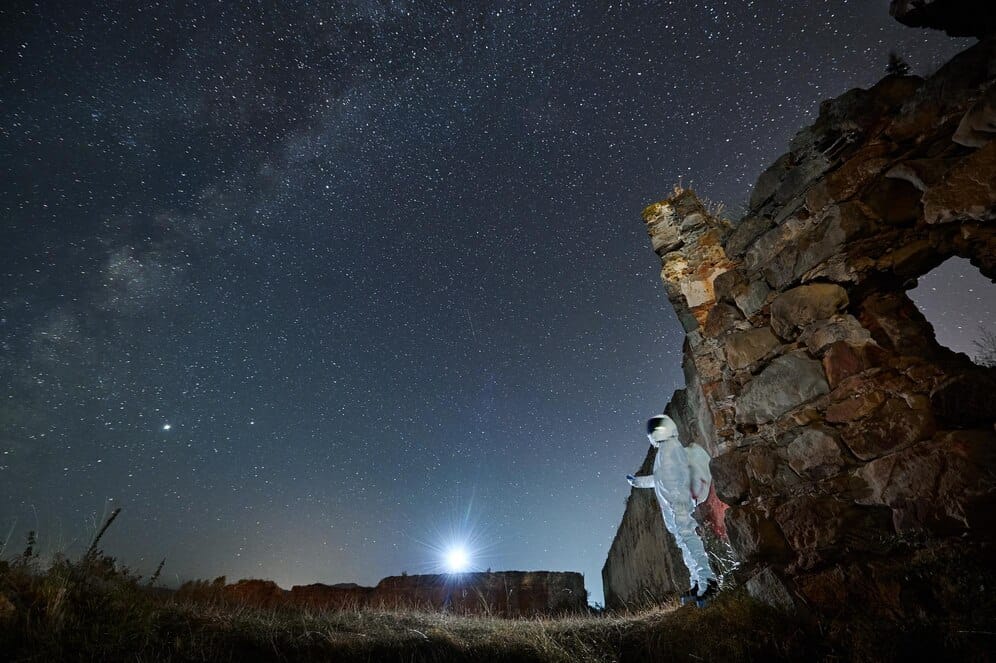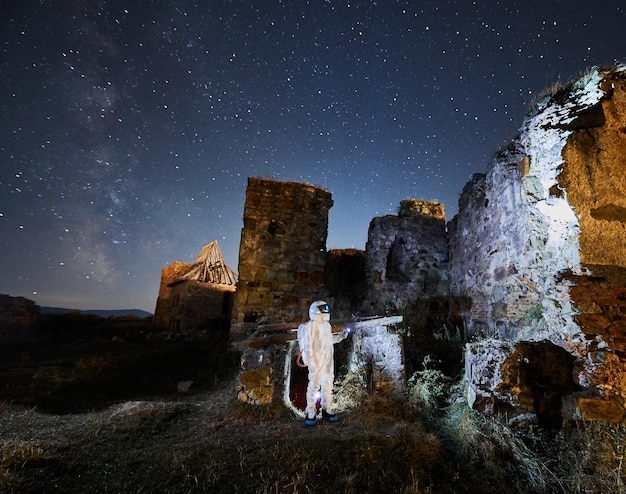Astro-Photography: Capturing the Cosmos with a Camera
Discover the captivating world of astro-photography and learn how to capture stunning images of the cosmos with your camera. Explore tips, techniques, and equipment for photographing celestial wonders such as stars, galaxies, and nebulae.

Introduction

Astro-photography, the art of capturing images of celestial objects and phenomena, allows photographers to explore the wonders of the cosmos from the comfort of their own backyard. From shimmering stars to distant galaxies and ethereal nebulae, astro-photography offers a glimpse into the vastness and beauty of the universe. In this article, we'll delve into the fascinating world of astro-photography, exploring techniques, equipment, and tips for capturing stunning images of the cosmos with your camera.
Getting Started with Astro-Photography
Understanding the Night Sky
Before diving into astro-photography, it's essential to familiarize yourself with the night sky and the celestial objects you wish to photograph. Invest in a star map or astronomy app to identify constellations, planets, and other celestial landmarks visible from your location. Understanding the movements of the stars and planets will help you plan your shoots and capture more compelling images.
Choosing the Right Equipment
While professional telescopes and specialized cameras are commonly used in astro-photography, beginners can achieve impressive results with more accessible equipment. A digital single-lens reflex (DSLR) camera with manual settings, a sturdy tripod, and a remote shutter release are essential tools for capturing clear and steady images of the night sky. Consider investing in a telephoto or wide-angle lens to capture different perspectives of celestial objects.
Techniques for Astro-Photography
Long Exposure Photography
Long exposure photography is a fundamental technique in astro-photography, allowing photographers to capture faint celestial objects and reveal intricate details in the night sky. To photograph stars, galaxies, and nebulae, set your camera to manual mode, select a wide aperture, and use a slow shutter speed to capture the movement of the stars. Experiment with exposure times ranging from a few seconds to several minutes to achieve the desired effect.
Stacking and Image Processing
Stacking multiple images is a powerful technique used to enhance the clarity and detail of astro-photographs. By combining several exposures of the same celestial object, photographers can reduce noise, improve signal-to-noise ratio, and reveal finer details that may be obscured in individual frames. Use specialized software such as DeepSkyStacker or Adobe Photoshop to align and stack images, then apply adjustments to enhance contrast, color, and sharpness.
Capturing Celestial Wonders
Photographing the Milky Way
The Milky Way, our home galaxy, is a popular subject for astro-photographers seeking to capture its ethereal beauty. To photograph the Milky Way, find a location with minimal light pollution, such as a remote wilderness area or dark sky reserve. Use a wide-angle lens and a slow shutter speed to capture the sweeping arc of the Milky Way against a backdrop of stars. Experiment with different compositions and focal lengths to create compelling images.
Imaging Planets and Deep-Sky Objects
In addition to photographing the Milky Way, astro-photographers can capture images of planets, star clusters, and nebulae using telescopes and specialized cameras. Planetary imaging requires precise tracking and focusing to capture sharp and detailed images of distant worlds such as Jupiter, Saturn, and Mars. Deep-sky imaging involves photographing faint celestial objects such as galaxies and nebulae, often requiring long exposure times and specialized equipment to reveal their intricate structures.
Tips for Success in Astro-Photography
Patience and Persistence
Astro-photography requires patience, persistence, and a willingness to embrace the challenges of shooting in low-light conditions. Be prepared to spend long hours under the night sky, experimenting with different settings and techniques to capture the perfect shot. Don't be discouraged by initial setbacks or imperfect results—every image is an opportunity to learn and improve your skills as a photographer.
Embrace the Dark
To capture clear and detailed astro-photographs, it's essential to minimize light pollution and stray light sources that can degrade image quality. Choose shooting locations away from urban areas and artificial lights, and wait for nights with clear skies and minimal atmospheric interference. Use a red light headlamp or flashlight to navigate in the dark without disrupting your night vision or disturbing fellow photographers.
Conclusion
Astro-photography offers a unique opportunity to explore the wonders of the cosmos and capture breathtaking images of celestial objects and phenomena. Whether photographing the Milky Way, distant galaxies, or shimmering star clusters, astro-photographers are continually inspired by the beauty and mystery of the universe. By mastering techniques, investing in quality equipment, and cultivating patience and perseverance, photographers can unlock the full potential of astro-photography and share the magic of the cosmos with the world.